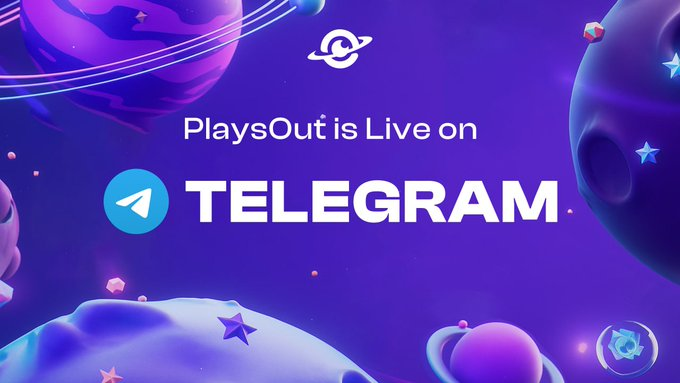
Bitring is the first health wearable DePIN+AI project on BNB Chain. It collects physiological and environmental data via a small smart ring, then manages and incentivizes on-chain. Node operators stake BRT tokens to participate in community mining, and mining rewards feed a global reinsurance pool. This “hardware ↔ on-chain incentives ↔ insurance” model balances user benefits with network decentralization. This Innovation and Tech article analyzes Bitring’s potential across five dimensions: project positioning, core technology, BRT tokenomics, ecosystem progress, and risk strategies.
Abstract: Bitring combines a smart ring and DePIN network for real-time health data capture and on-chain notarization; BRT tokens power community-mining staking and the insurance fund. The ecosystem covers a global reinsurance mechanism and has completed a CertiK Skynet audit. Watch for ring shipments and insurance partnerships next.
Project Positioning: Health Wearable DePIN+AI Ring
According to Medium, Bitring enters the wearable health market with a compact smart ring node that continuously captures heart rate, SpO₂, ambient temperature, and humidity. It uses BNB Chain + TEE to ensure data privacy and security. Unlike traditional wearables, Bitring’s community-mining model lets node operators stake BRT, provide compute/data, and earn on-chain incentives, while enjoying global reinsurance support.
Core Technology: Smart Ring Node & On-Chain Insurance Loop
Bitring’s core stack includes smart ring hardware, TEE data encryption, and an on-chain insurance protocol. The ring’s multi-sensor array locally preprocesses physiological metrics, which TEE secures before on-chain submission. Each data upload triggers a smart contract that issues incentives and allocates some BRT to the insurance pool. Users can file a reinsurance claim on-chain if a health event occurs. This full loop—Data Capture → TEE Encryption → On-Chain Incentive → Insurance Pool Allocation → Payout Claim—blends DePIN with on-chain insurance.
BRT Tokenomics: Community Mining & Insurance Fund
BRT is Bitring’s native token, total supply 1,000,000,000, allocated as follows:
-
Community-Mining Staking (70%): node operators stake BRT to unlock mining & data upload.
-
Insurance Fund Subsidies (30%): funds global reinsurance payouts based on on-chain records.
-
No team or investor allocation: ensures fair launch.
Mining rewards depend on stake size, upload frequency, and data quality; a share replenishes the insurance pool to maintain payout capacity.
Ecosystem Progress: Audit & Global Insurance Partnerships
Bitring completed a CertiK Skynet audit with a “Pre-Launch B” grade, boosting security credibility. The team negotiates with international reinsurers to expand the on-chain compensation mechanism into global health insurance. Bitring also runs miner incentive events with BNB Chain community to grow its node network and user base, driving DePIN+AI health adoption.

Risks & Strategy Recommendations
-
Hardware Risk: ring production capacity or quality issues may affect data reliability.
-
Liquidity Risk: BRT price swings could impact staking and insurance pool solvency.
-
Compliance & Privacy: tightening health-data regulations may restrict on-chain use.
-
Competition: other DePIN wearables or legacy insurers may enter Web3 insurance.
Risk Mitigation
Diversify hardware suppliers and dynamically adjust BRT allocations to the insurance pool, ensuring production capacity, sustainable compensation, and privacy compliance.
Future Roadmap
Bitring will launch a second-gen wearable with skin-temperature and motion sensors, improved battery life, and comfort. The protocol will expand to Ethereum, Polygon, Solana, and build cross-chain bridges to boost data/token flows. Deeper partnerships with reinsurers like Lloyd’s and Munich Re will develop on-chain health insurance, automated claims, and a “Health Data DAO” to fund research/data analysis. ZK-tech will follow to enhance privacy, compliance, and new medical use cases.
FAQ
How to join Bitring’s community mining?
Buy a Bitring ring on the official site, install the node software, stake BRT, upload health data, and earn rewards.
How to file a reinsurance claim?
When on-chain data meets an event threshold, submit a claim in the DApp; the contract automatically disburses from the insurance pool.
How to acquire BRT?
BRT is listed on major DEXs (PancakeSwap, Gate.io); early users can earn airdrops via community campaigns.
How is ring data kept private?
TEE encrypts data locally; only anonymized hashes go on-chain, safeguarding user privacy.
Where are the technical docs?
Visit the Bitring Docs Center (docs.bitring.xyz) for hardware specs, contract details, and SDK guides.
Key Takeaways
Bitring’s AI+DePIN smart ring enables on-chain health data capture and incentives.
Core tech merges TEE encryption, on-chain incentives, and reinsurance payouts.
BRT token used for community-mining staking (70%) and insurance fund (30%).
Completed CertiK Skynet audit and advancing global reinsurance partnerships.
Track ring shipments, BRT liquidity, and insurance pool health.




